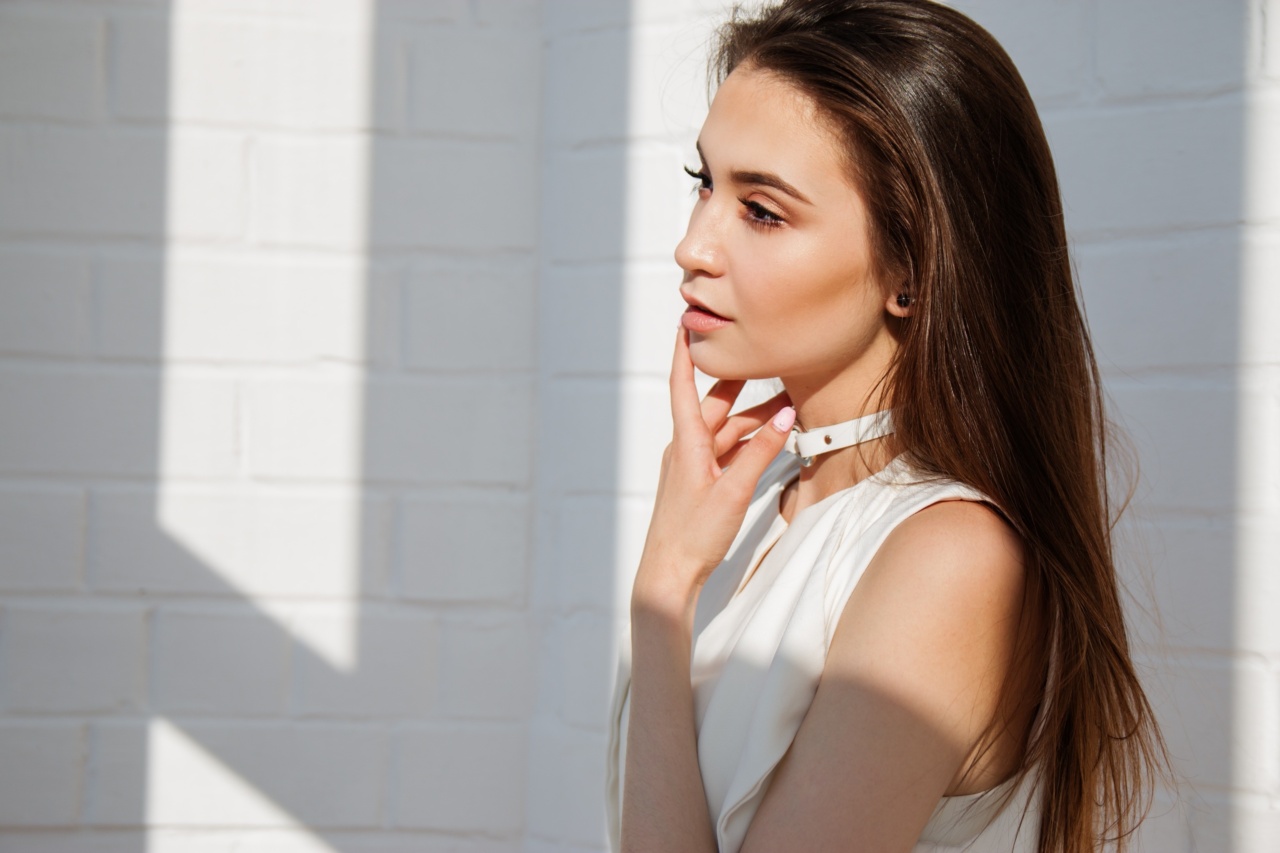As parents, one of our primary concerns is protecting our babies. And when it comes to the sun, it can be hard to know what the right balance is between exposure and protection.
On one hand, we know that exposure to sunlight is necessary for the production of vitamin D and healthy bone development. But on the other hand, we also know that too much sun can lead to skin damage and an increased risk of skin cancer.
The Risks of Sun Exposure in Babies
Babies are especially vulnerable to the harmful effects of the sun. Their delicate skin is thinner and more sensitive than adult skin, and their bodies are less able to regulate temperature, which means they can overheat easily.
Exposure to the sun’s ultraviolet (UV) rays can lead to sunburn, skin damage, and an increased risk of skin cancer later in life.
Protecting Your Baby’s Skin
So, how do you protect your baby’s skin from the risks of sun exposure? The American Academy of Pediatrics (AAP) recommends keeping babies younger than 6 months out of direct sunlight and dressing them in lightweight, long-sleeved clothing, pants, and a hat that shades the face and neck. If you do need to take your baby outside during peak sun hours (10 a.m. to 4 p.m.), use a stroller with a canopy or an umbrella to provide shade.
For babies 6 months and older, the AAP recommends applying a broad-spectrum, water-resistant sunscreen with an SPF of at least 30 to all areas of the body that are not covered by clothing, including the face, ears, and back of the hands.
Be sure to apply sunscreen 15 to 30 minutes before going outside and reapply every two hours or immediately after swimming or sweating. In addition to sunscreen, dress your baby in lightweight, long-sleeved clothing, pants, and a hat that shades the face and neck.
Choosing a Safe Sunscreen for Your Baby
When choosing a sunscreen for your baby, look for products that are specifically designed for infants and that contain physical blockers like zinc oxide or titanium dioxide, rather than chemical sunscreens that can irritate the skin.
Avoid products that contain fragrances, parabens, and other potentially harmful ingredients. If your baby does develop a rash or other signs of irritation, stop using the sunscreen and talk to your pediatrician.
Other Strategies for Sun Protection
In addition to clothing and sunscreen, there are other strategies you can use to protect your baby’s skin from the sun. These include:.
- Seeking shade: Whenever possible, stay in the shade or under a sun umbrella.
- Timing outdoor activities: Try to plan outdoor activities early in the morning or later in the afternoon, when the sun’s rays are weaker.
- Checking UV index: Consult the UV index, which measures the strength of the sun’s UV rays and provides guidance on how to protect your skin.
- Keeping hydrated: Make sure your baby drinks plenty of fluids to prevent dehydration.
Conclusion
The sun can be both a friend and a foe when it comes to your baby’s skin.
While it’s important for babies to get some sunlight for vitamin D production and healthy bone development, too much sun can lead to skin damage and an increased risk of skin cancer. To protect your baby’s skin, use sunscreen, clothing, and other strategies to limit exposure to the sun’s harmful UV rays. And if you’re ever unsure about how to protect your baby’s skin, talk to your pediatrician for guidance.



























